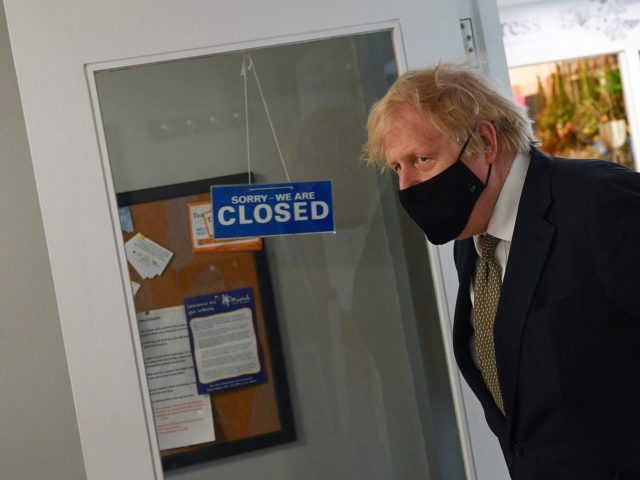A contingency plan for the implementation of “firebreak” lockdowns in the winter have been drawn up by the British government, despite earlier promises that the end of lockdowns in Britain would be “irreversible”.
Prime Minister Boris Johnson has authorised the planning of short-term lockdown restrictions should the country’s socialised healthcare system, the National Health Service (NHS), become overwhelmed in the autumn or winter months.
Speaking to the i Newspaper, a senior government source said: “Should more lockdowns be necessary, the plan is for them to be short, and preferably during the school holidays in late October and over Christmas. Firebreaks rather than lasting for months at a time.
“Barring a new vaccine-beating strain, fears over a rise in infections similar to that seen last autumn are actually outweighed by other issues like an NHS staffing crisis and the likely resurgence in flu infections, and other respiratory diseases. On top of Covid infections, these factors could tip the NHS back to the brink and force more lockdowns.”
A government spokesman confirmed that it has put these plans in place, saying: “As a responsible Government, we have to be prepared to respond to unexpected events as the country learns to live with COVID-19.
“As part of our strategy to manage the virus, it is both right and sensible that we maintain contingency plans for reimposing restrictions at a local, regional or national level if evidence suggests they are necessary.
“As set out in guidance, we will continue to monitor the data on a regular basis to ensure there is no danger of the NHS facing unsustainable pressure.”
Prime Minister Johnson vowed to implement a “cautious, but irreversible, roadmap to freedom” with lockdown restrictions ending last month. However, the PM has also suggested, as early as June, that there could be a return to restrictions in the winter.
Government scientists have even warned that restrictions could be set in place as soon as mid-August should hospital admissions spike after the lifting of the final lockdown restrictions.
The release of the future lockdown plans come as Public Health England has raised concerns that vaccinated people, if infected, may be as likely to spread the Chinese virus as those who are not inoculated.
Minutes from a July 22nd meeting of the SAGE health quango said, per The Telegraph: “PCR cycle threshold (Ct) values have decreased as the delta variant has become dominant, which indicates that infected people have higher viral loads which may further increase the force of infection.
“This may mean that there is limited vaccine effect against onward transmission for the delta variant.”
The Ct value measures how much a coronavirus swab test needs to be amplified in order to detect the Wuhan virus, with fewer cycles of testing indicating that more viral load of the virus is found. Public Health England said that on average it takes 17.8 cycles to find the virus in unvaccinated people compared to 18 for the vaccinated.
“This means that whilst vaccination may reduce an individual’s overall risk of becoming infected, once they are infected there is limited difference in viral load (and Ct values) between those who are vaccinated and unvaccinated,” the PHE report stated.
The actual impact of the findings is still disputed, however, as an epidemiologist for PHE, Dr Meghan Kall noted that the data being analysed might be skewed as it focused on the rare cases of vaccinated people becoming infected.
“Vaccines prevent many infections from occurring in the first place, so we can only compare vaccine ‘breakthrough infections’ versus unvaccinated infection,” Kall said.
Follow Kurt Zindulka on Twitter here @KurtZindulka

COMMENTS
Please let us know if you're having issues with commenting.